
Explore desert parks
From camping under vast starry skies in the remote outback to 4WDing challenging wild landscapes, birdwatching in desert wetlands, fishing along the shady banks of the Cooper Creek and discovering the dramatic history of both Aboriginal and European occupation of this challenging land, South Australia’s desert parks offer so much to explore. They’re located in the north of South Australia and offer one of the largest desert reserve systems in the world showcasing unique scenic and cultural environments on an immense scale.
Ready to go? Buy your desert parks pass now
Learn more

Your guide to visiting mound springs in South Australia’s desert parks
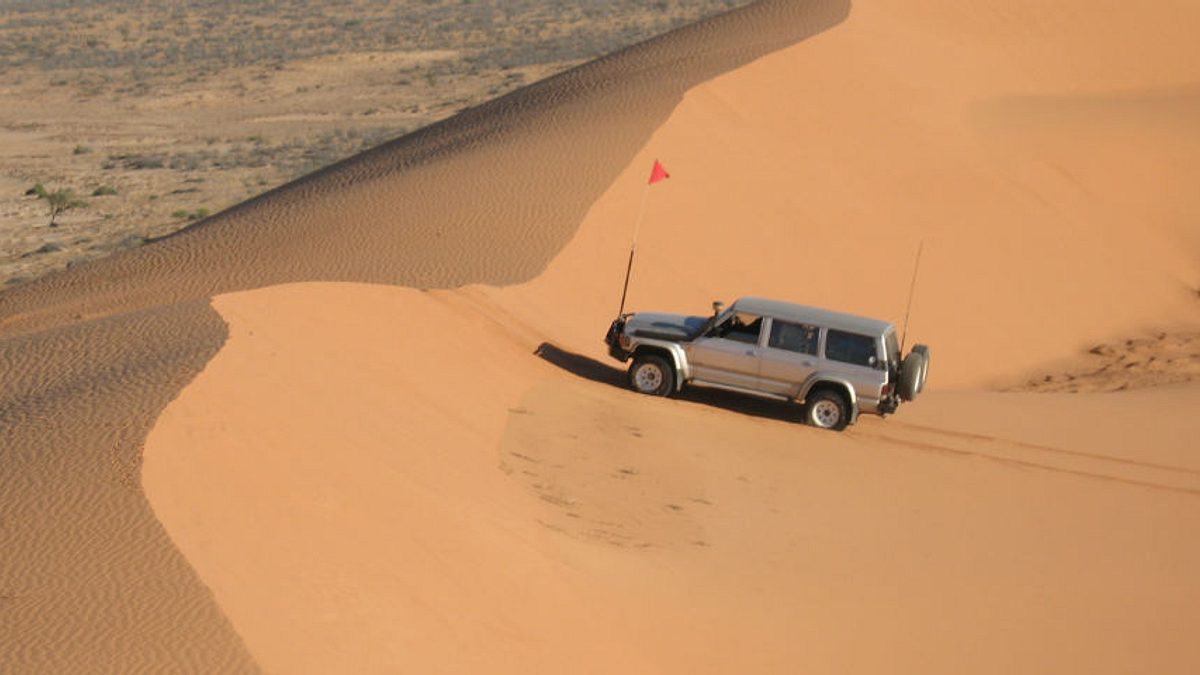
Tips for your next outback adventure

Demystifying parks passes
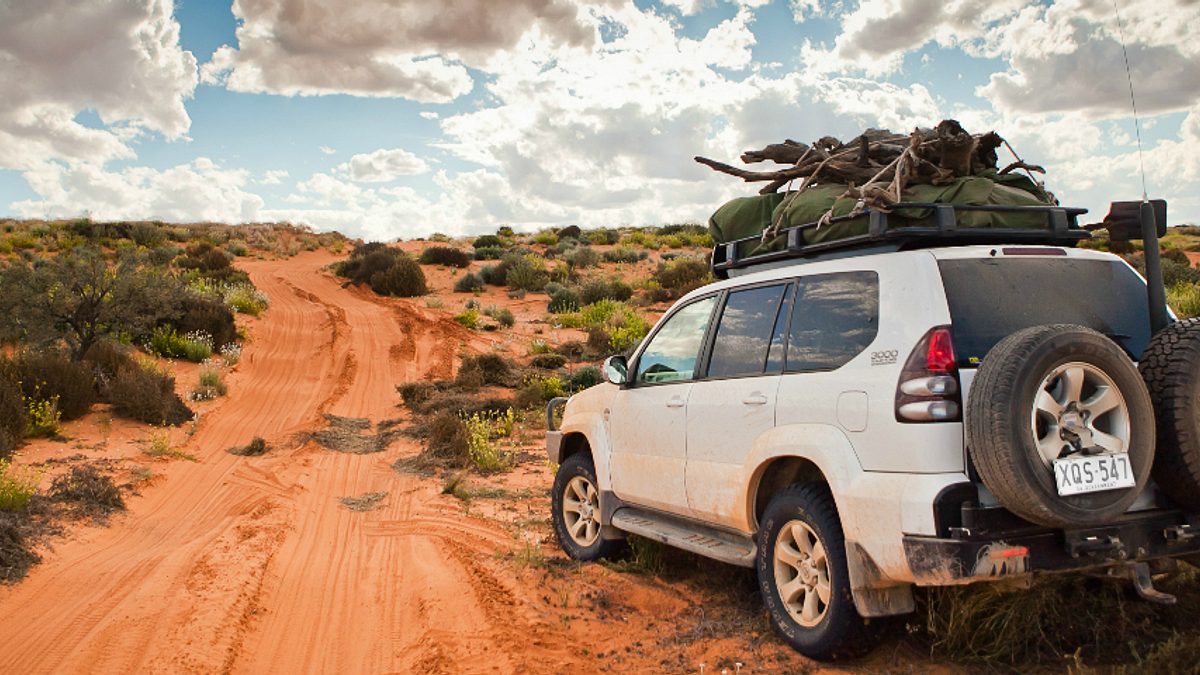
Know before you go: Simpson Desert
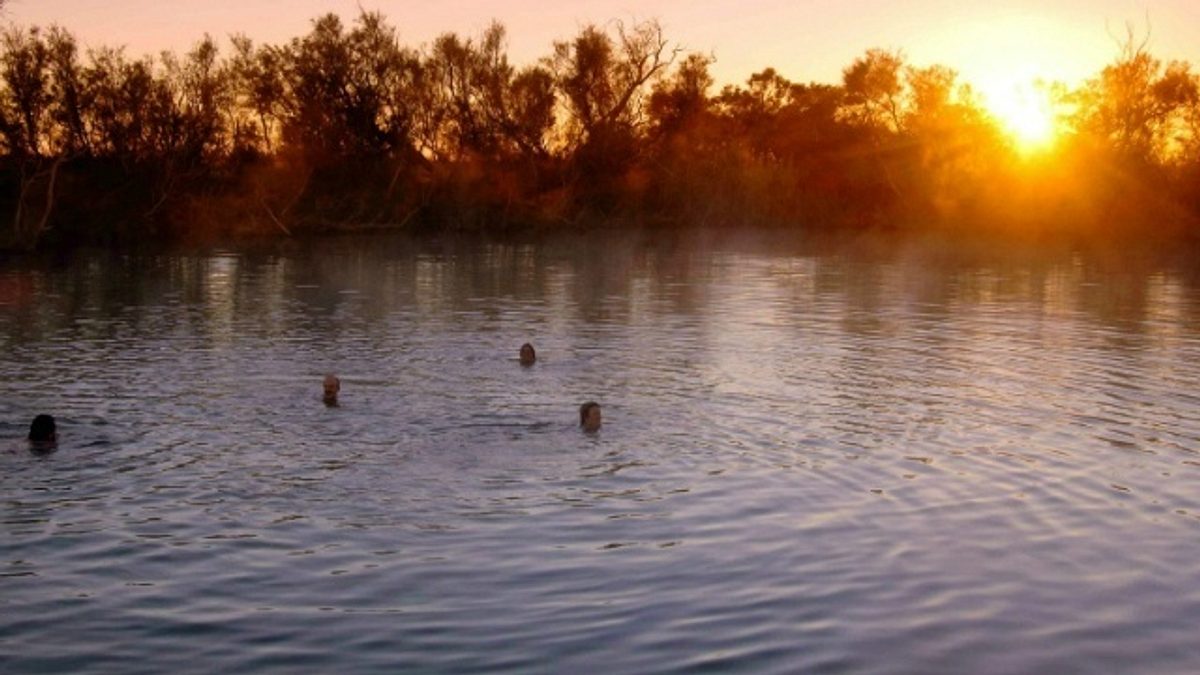
5 perfect national parks for a winter escape in South Australia
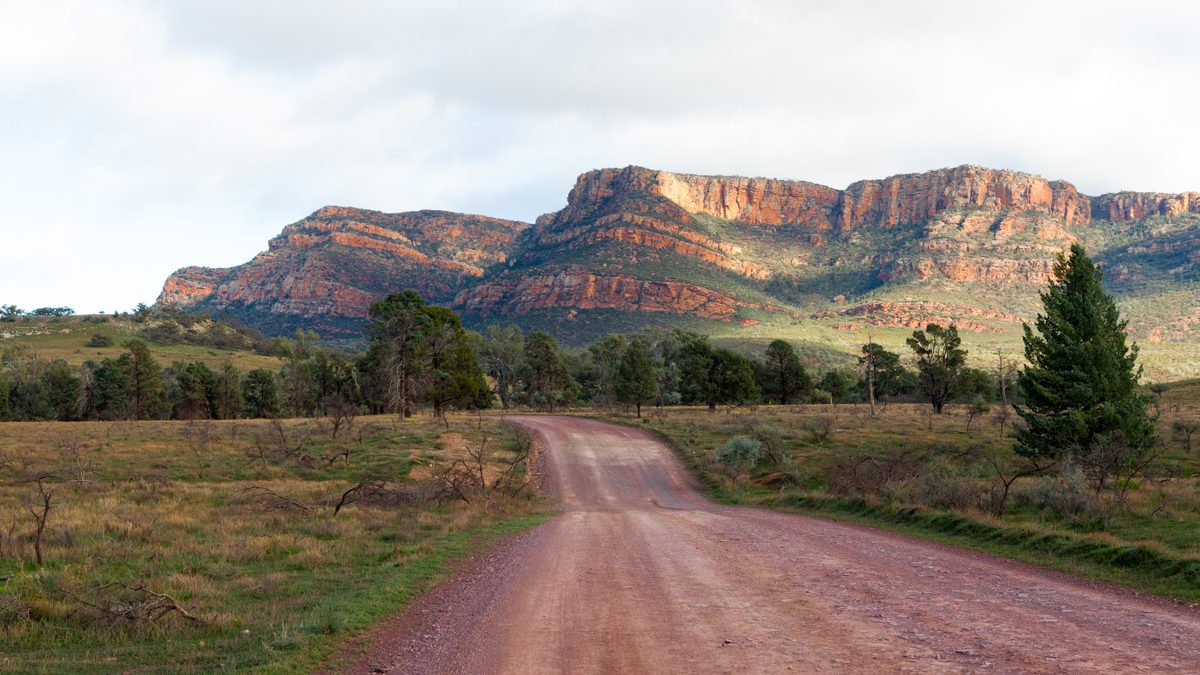
5 national parks in South Australia that are rich in Aboriginal cultural heritage
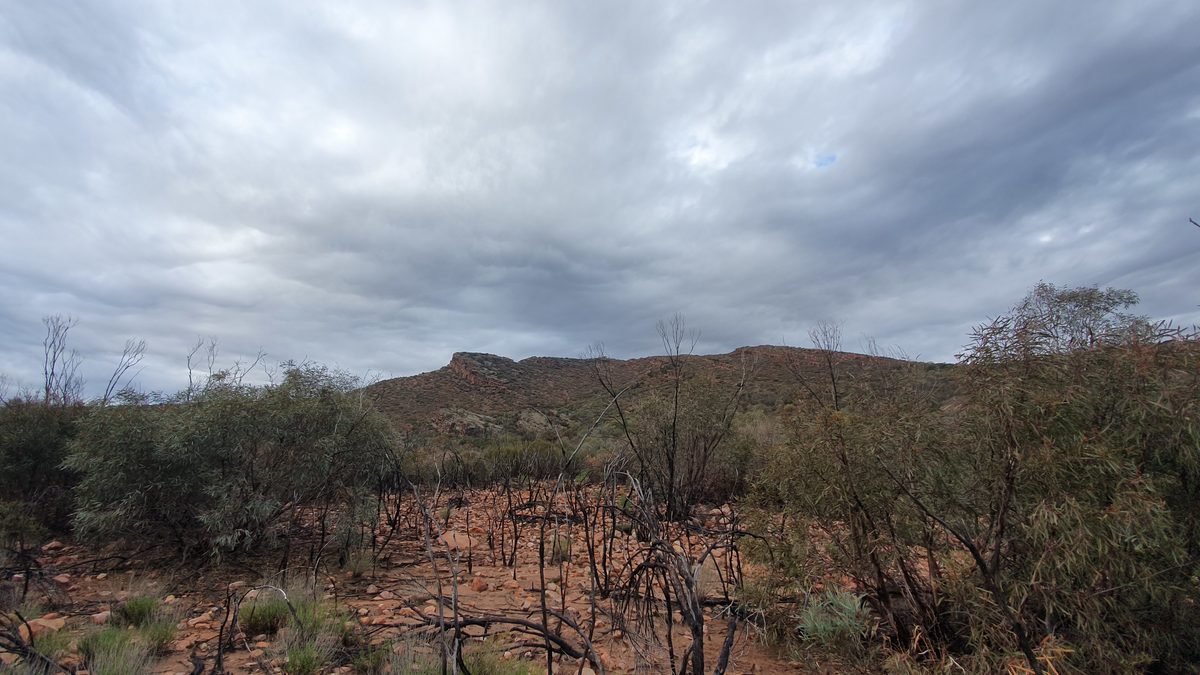
What to do if you get lost or stranded in a national park
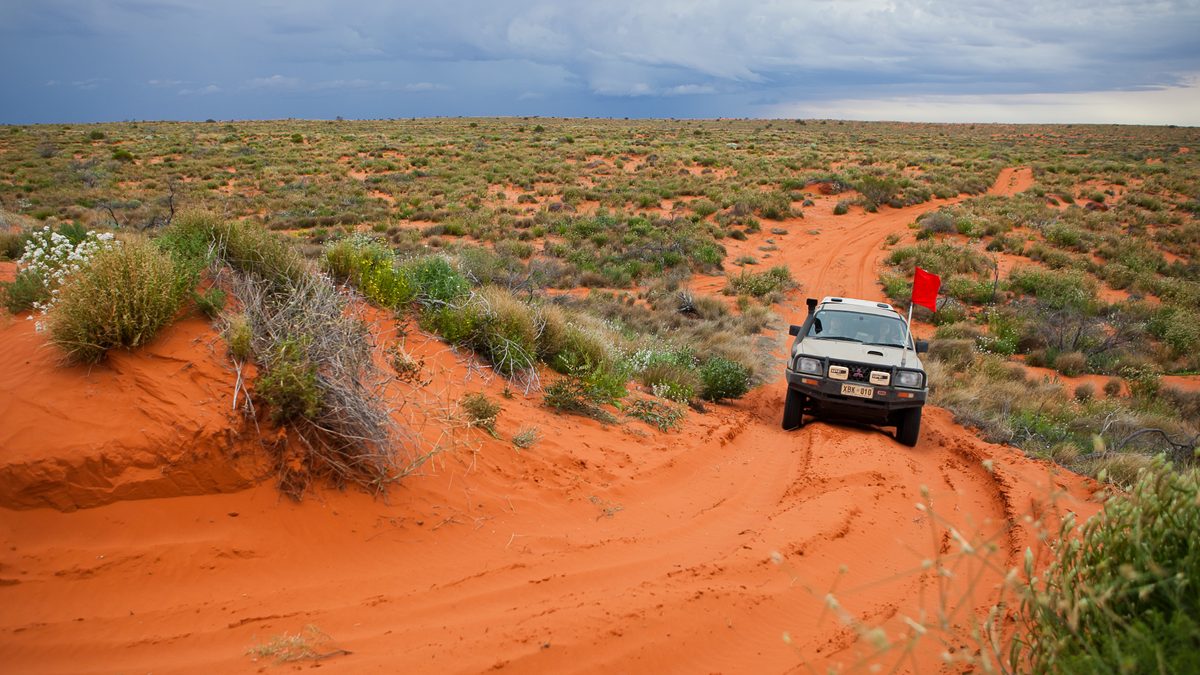
6 national parks for four-wheel driving in South Australia
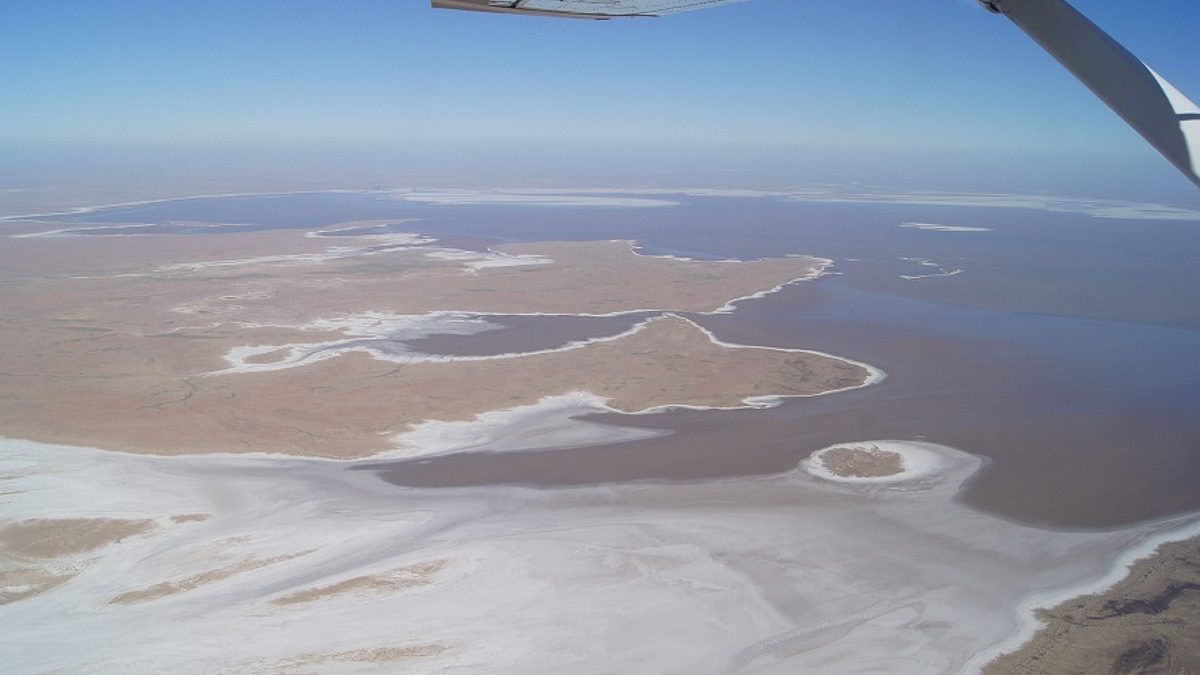
Insider pics: water in Kati Thanda/Lake Eyre
Frequently asked questions
When can I visit desert parks?
The most enjoyable times to visit the desert parks are autumn, winter and spring. Travel is not recommended throughout summer, when temperatures are often in the high 40ºCs
Do I need to buy a Desert Parks Pass?
A Desert Parks Pass is required to enter and camp in the Munga-Thirri – Simpson Desert National Park or travelling east of Dalhouise Springs in Witjira National Park.
What does a Desert Parks Pass include?
The Desert Parks Pass includes unlimited vehicle entry and camping into:
- Innamincka Regional Reserve
- Kati Thanda-Lake Eyre National Park
- Malkumba-Coongie Lakes National Park
- Munga-Thirri – Simpson Desert National Park
- Tallaringa Conservation Park
- Wabma Kadarbu Mound Springs Conservation Park (no camping is permitted in this park)
- Witjira National Park
When you buy a Desert Parks Pass you receive a book that includes all the maps necessary to visit the area, information on the parks and requirements for safe travel through this outback region of South Australia.
How long is a Desert Parks Pass valid for?
The pass is valid for 12 months.
How can I stay safe in desert parks?
The outback of South Australia is a vast, wonderful and rewarding place to visit. To ensure that you get the best out of your experience it is important to obtain good advice and thoroughly prepare for your journey. When you buy a Desert Parks Pass you receive a book with extensive safety information and comprehensive maps. Reading this information will help you plan a safe and memorable outback trip.
Before visiting parks in the Flinders and Outback region check the latest Desert Parks Bulletin and road condition report for information about access, closures, campgrounds and roads.
How can I experience Aboriginal culture in desert parks?
At least 10 distinct groups of Aboriginal people lived on the land now designated as desert parks. As a result of this long association with the land, visitors may see the remains of Aboriginal occupation throughout the parks. Scatters of stone material indicate places of tool manufacture. Visitors may encounter rock engravings and burial sites. All Aboriginal sites are protected under law and must not be disturbed.
What plants can I see in desert parks?
The desert parks cover an array of vegetation types, ranging from dense coolibah woodlands and shady River Red Gums to sparse Mitchell Grass communities and herbs that cling to mobile sand dunes. Mulga and Gidgee trees fill drainage lines, while spinifex, grasses and herbs cover the valley floors between dunes. The vegetation of the desert has adapted to the dry conditions – seeds lie dormant until thunderstorms trigger them to life. Masses of wildflowers blanket the desert after soaking rains.
What animals can I see in desert parks?
The animals of the desert parks are many and varied and include some very rare species, such as the Eyrean Grasswren, once thought to be extinct, and the Lake Eyre Dragon, which lives on the margins of the great salt lake. The region is prolific in birdlife, with hundreds of different species observed in the area. Lake Eyre (when flooded) and the Coongie Lakes system draw vast numbers of waterbirds, while the mound springs and even the watercourses of the Simpson Desert attract birds accustomed to the harsh conditions of the outback. There are few large native mammals to be seen in the desert environment, but visitors can often spot Dingoes and occasionally Red Kangaroos. Reptiles are also difficult to observe; however the desert is home to a range of dragon lizards, goannas, skinks, geckoes and snakes, including the world’s most venomous snake, the Fierce Snake or Inland Taipan.